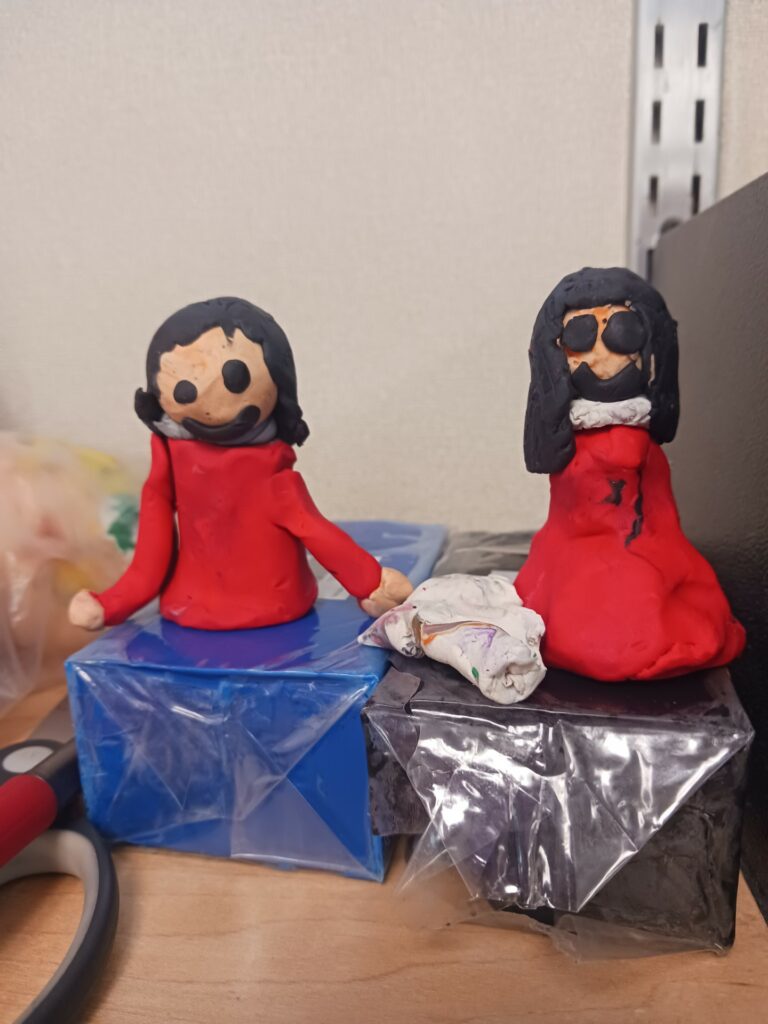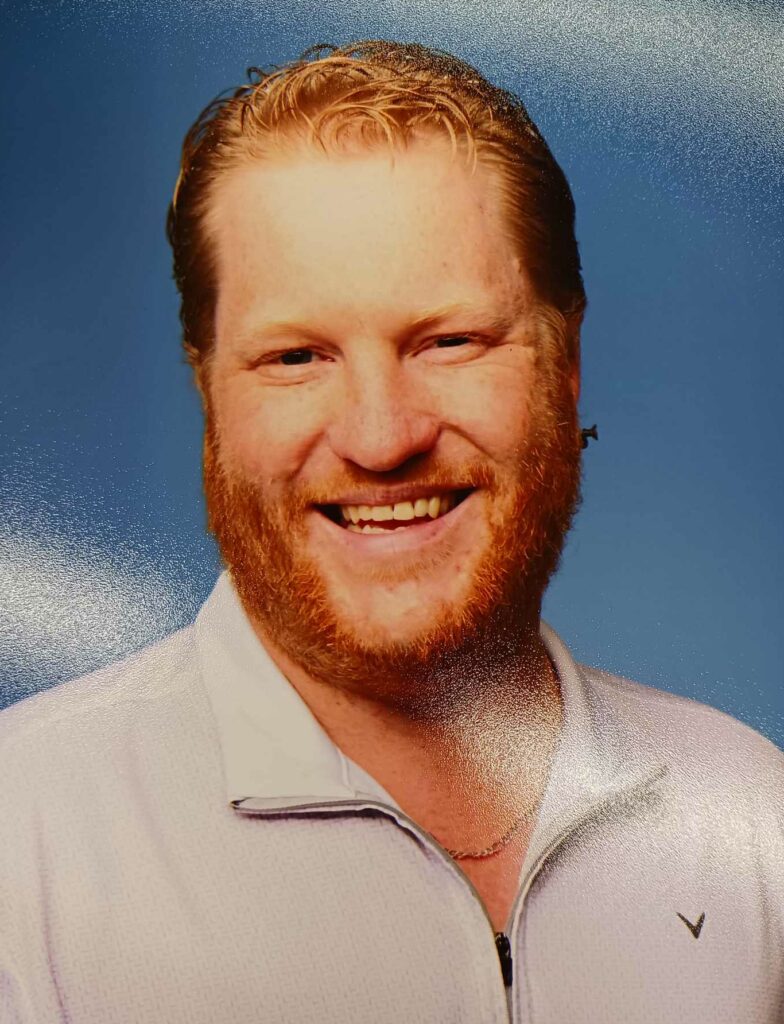
“The hunch phase asks the inquiry team to probe for evidence that will clarify what is leading to the present situation and, just as important, how we—the professionals—are contributing to that situation” (Spiral-Playbook.pdf (c21canada.org)).
Because I had a wide range of different learning needs in my classroom, my hunches were also varied between different learners. I really tried to meet the students where they were at. This was important because if a certain lesson or topic was too difficult, then the students would give up and lose self-confidence. At the same time, if the lessons or topics were too easy, then the students would finish early, be bored and not really learn anything.
Another phase in the inquiry is the take action step: “… it’s time to put new ideas into informed, focused and team-led action. The action phase is about real change, not just talk. It is a deep dive into the new learning” (Spiral-Playbook.pdf (c21canada.org)).
There were many different ways that I took action in the various subjects that I attempted to differentiate in. In Math, I had some students work on completely different programs than the rest of the class. These students had IEPs and would not be going into the main stream of high school the following year. I did this with the help from EAs, my coaching teacher, as well as the Resource Teacher. These students would still principate the same lessons as their peers, however when it came down to individual work time, they would break off and work with other support teams.
On the other end of the spectrum, I also had students that were gifted and required additional challenges. These students participated in the same work as the rest of their classmates, however when they finished early, they had their own advanced independent work that they could work on when they completed the work that the rest of the class was working on.

Leave a Reply